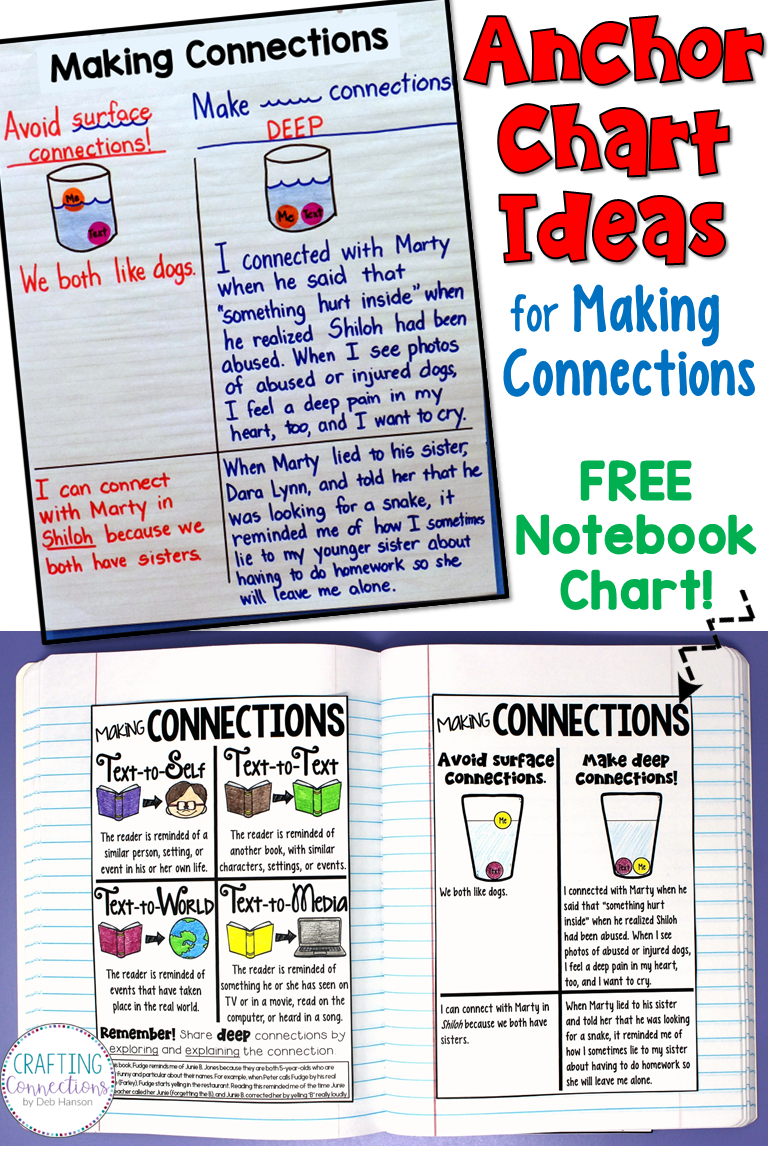Teaching upper elementary students how to infer the theme(s) of a book or a story can be daunting. This is a challenging topic for many students because it involves higher-level thinking skills. Providing scaffolds, like guiding questions and clue patterns, can be helpful for many students. Today, I am going to provide some tips that will hopefully help you teach students to decipher the theme.
Tip #1: Connect this topic to a plot diagram.
Explain that authors leave clues that point toward the theme throughout the story. It is the job of the reader to recognize these clues when they are presented. If you have already introduced your students to plot diagrams, then showing your students a diagram like this can be beneficial.
Tip #2: Teach students clue patterns and guiding questions.
It's one thing to know that clues exist throughout the story, but it's another thing to recognize these clues while reading. Therefore, it is a good idea to teach students common patterns that authors use when they are dropping hints about their story's theme. Here are four patterns that occur frequently in books written for upper elementary readers. Below each type of clue, you will see a question that will guide your students toward deciphering the theme.
 |
























